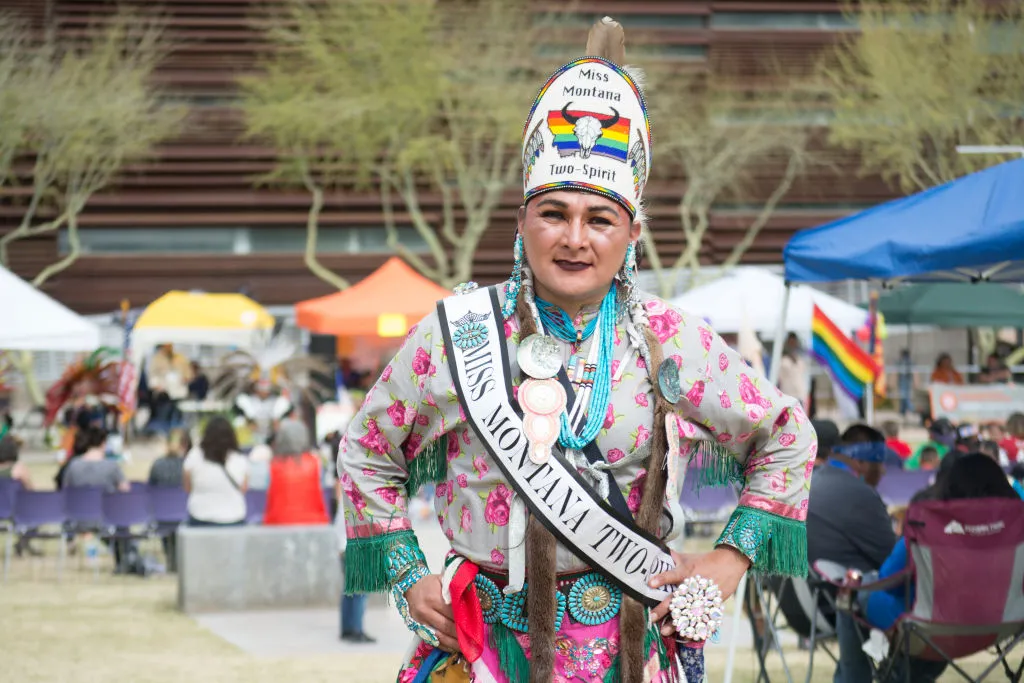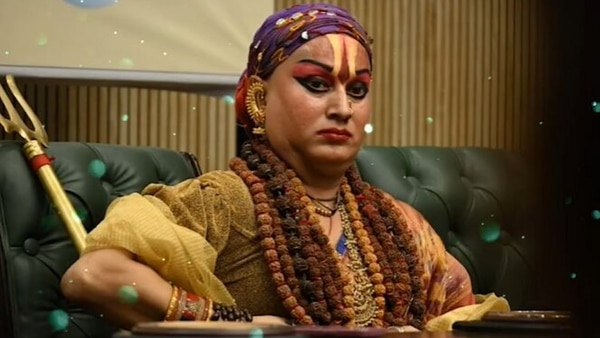
The frenzied fatal stabbing of a transgender teenager in a public park on a Saturday afternoon led to worldwide protests and vigils against perceived transphobia.
But Brianna Ghey was not murdered by two teens, identified only as girl X and boy Y, because she was transgender, detectives believe.
The four-week trial at Manchester Crown Court heard boy Y used ‘dehumanising’ language, talking about Brianna, referring to her as an ‘it’ and referring to her as a “tranny” or “femboy.”
But it will ultimately be up to the trial judge Mrs Justice Yip to decide if hatred of transgender people played any part in her death.
So I still think to this day, Brianna wasn’t killed because she was transgender. And possibly the fact she was transgender made her that little bit more vulnerable and accessible
The killers, both convicted of Brianna’s murder, drew a ‘kill list’ of four other children – none of whom are transgender.
Detective Superintendent Mike Evans, head of crime at Cheshire Police, said he believed girl X and boy Y had a “thirst for killing” and it was Brianna’s vulnerability and accessibility that made her a target.
Brianna Ghey (Family handout/Cheshire Police/PA)
Mr Evans said: “I think if it hadn’t been Brianna it would have been one of the four other children on that list.
“It’s just that Brianna was the one who was accessible at that time, and then became the focus of those desires, so to speak.
“And I accept now you look at the text messages, I think, on the sort of side of the boy, there’s some horrific, dehumanising and transphobic messages in there, but actually when you look at the girl involved, she almost admires/is obsessed with Brianna.
“So I still think to this day, Brianna wasn’t killed because she was transgender.
“And possibly the fact she was transgender made her that little bit more vulnerable and accessible.”
Initially, immediately after Brianna’s murder, in February, police said her murder was not ‘hate’ related.
But a few days into the inquiry they admitted her transgender status may have been a factor – after discovering the text messages between X and Y.
The Crown doesn’t have to prove a motive and so it wasn’t that we had to prove a particular motive to say it was motivated by hostility to a transgender person or motivated by anything else
Ursula Doyle, deputy chief crown prosecutor for the Crown Prosecution Service in Merseyside and Cheshire, said: “All the prosecution can do is prosecute the evidence we have.
“And obviously, it’s not part of the prosecution case to label it one way or another.
“The evidence is there, the evidence of the messages is there, the evidence of the language used.
“The Crown doesn’t have to prove a motive and so it wasn’t that we had to prove a particular motive to say it was motivated by hostility to a transgender person or motivated by anything else.
“Our role is simply to present the evidence to the court.
“Once all the evidence has been heard, the convictions are recorded, the verdicts have been recorded and the sentencing exercise takes place, that’s the point the court, the trial judge, has to decide whether there is evidence before him, or her in this case, to show that actually this offence was motivated by hate, by hostility towards transgender.
“So it’s not a case that we can label it as, prosecute it as, one thing or another. We prosecuted it as a murder and we presented the evidence that we found, that the police found, and put it before the court.”




